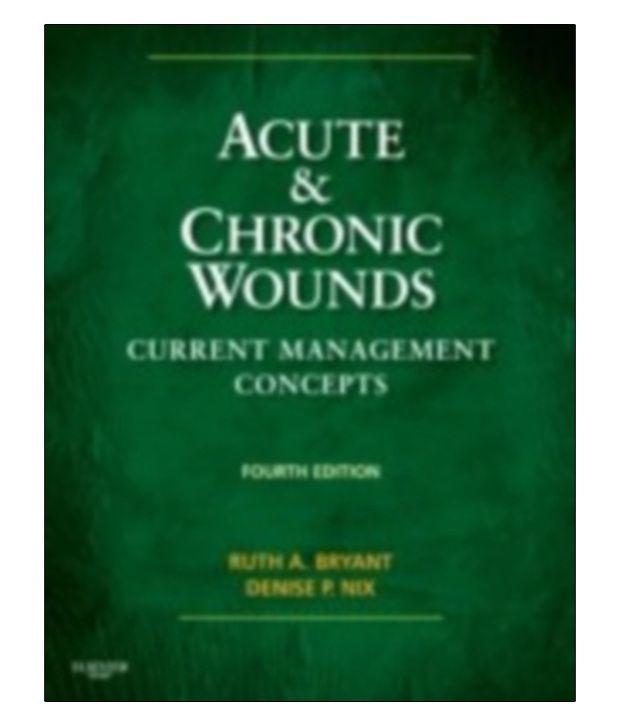Reflecting the latest technologic advances and therapies, the extensively revised new edition of Ruth Bryant and Denise Nixs Acute and Chronic Wounds: Current Management Concepts remains your #1 source for todays best information on wound care. Using a strong nursing process and multidisciplinary approach, this best-selling title is an all-inclusive resource for anyone involved in the care of acute surgical wounds and all types of chronic wounds. Key Features Continues to be an ideal study tool for certification and a practical reference for general wound care. Features risk assessment scales that help determine a patients risk for developing a wound. Provides guidelines to assist in the care of patients with specific conditions and wound care issues. Contains convenient documents for infrastructure support; sample policies, procedures, and protocols; and decision making tools Discusses advances in diagnosis, treatment, and pharmacology, covering the complete spectrum of wound care. Includes 200 illustrations -- more than 70 in full color -- that clearly depict different types of wounds, advances in skin substitutes, and much more. New to This Edition New chapters include Billing, Reimbursement, and Establishing a Wound Care Clinic, Traumatic Wounds such as gunshot and war wounds, Skin Substitutes, Perfusion and Oxygenation as cofactors of healing, Palliative Care, Pediatric Clients, Surgical Wounds, Intrinsic Skin Diseases, Assessment and Management of the Surgical Incision, and Risk Assessment and Prevention Across Settings. Incorporates new national guidelines for wound management published by leading nursing wound care organizations. Features new "checklist" boxes that guide you through the actions or steps necessary to achieve particular patient care outcomes. Includes new color photos depicting new devices and new skin substitutes. Contains self-assessment questions and answers in Appendix A. Includes additional assessment tools and documentation forms commonly used in the care of patients with wounds. Larger size accommodates more content, formularies, and color plates, and the table of contents has been reorganized for faster reference and more efficient study. About the Author Ruth Bryant, RN, MS, CWOCN, Partner, Bryant Rolstad Consultants, LLCProgram Director, webWOC Nursing Education Program and Denise Nix, RN, MS, CWOCN, President, Nix Consulting Inc.; WOC Nurse Specialist, Park Nicollet Methodist Hospital, Minneapolis MN

